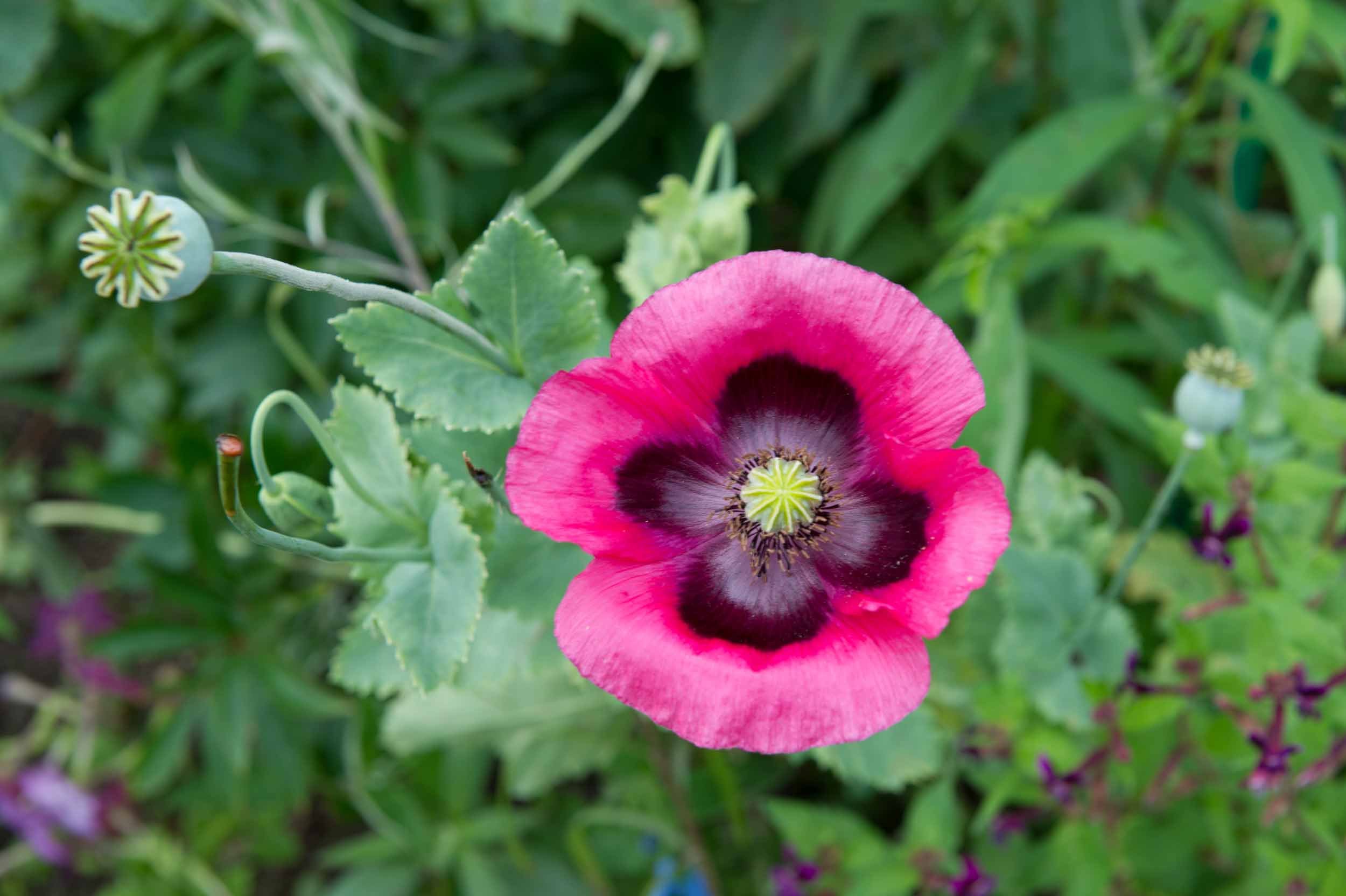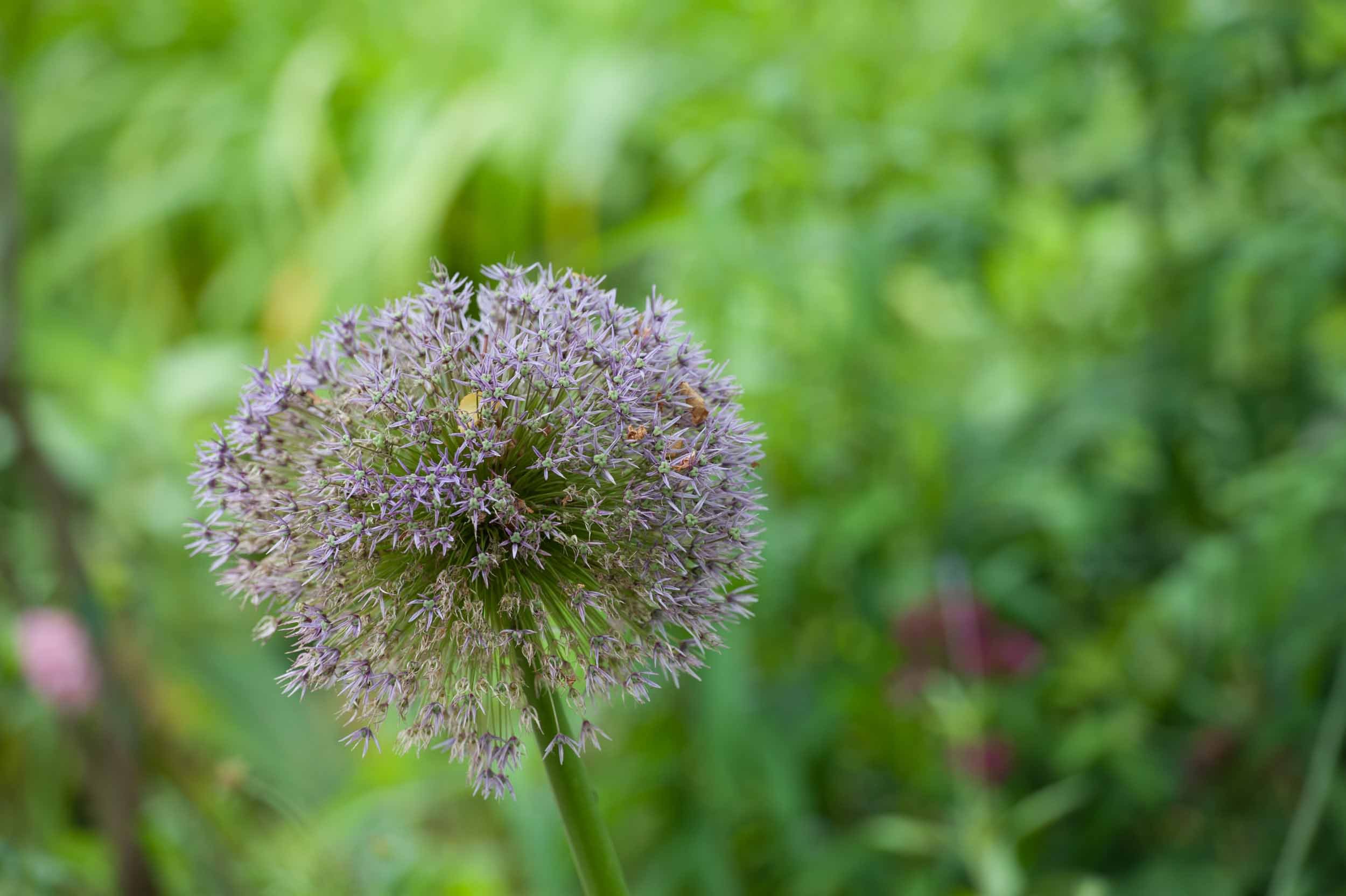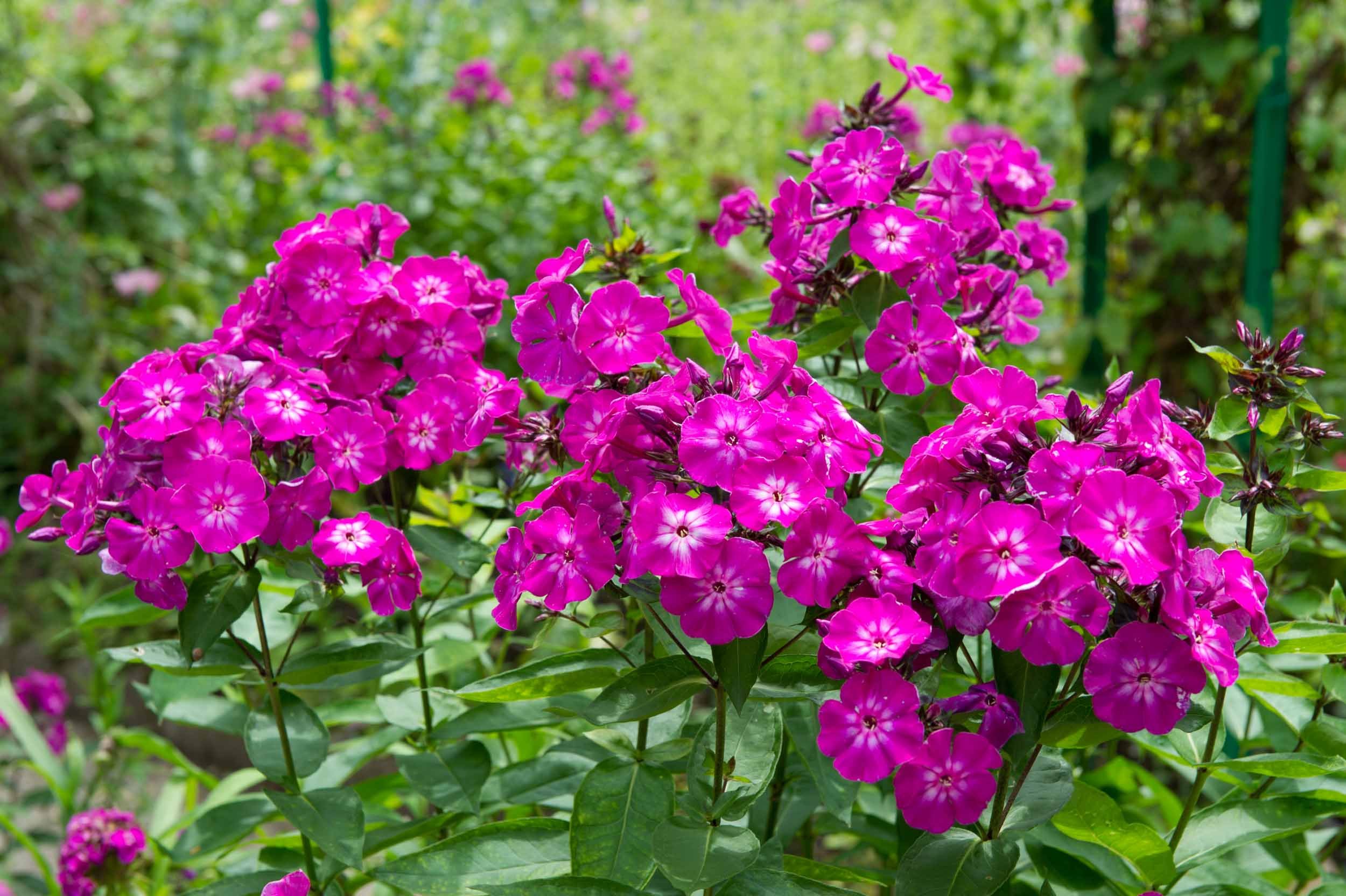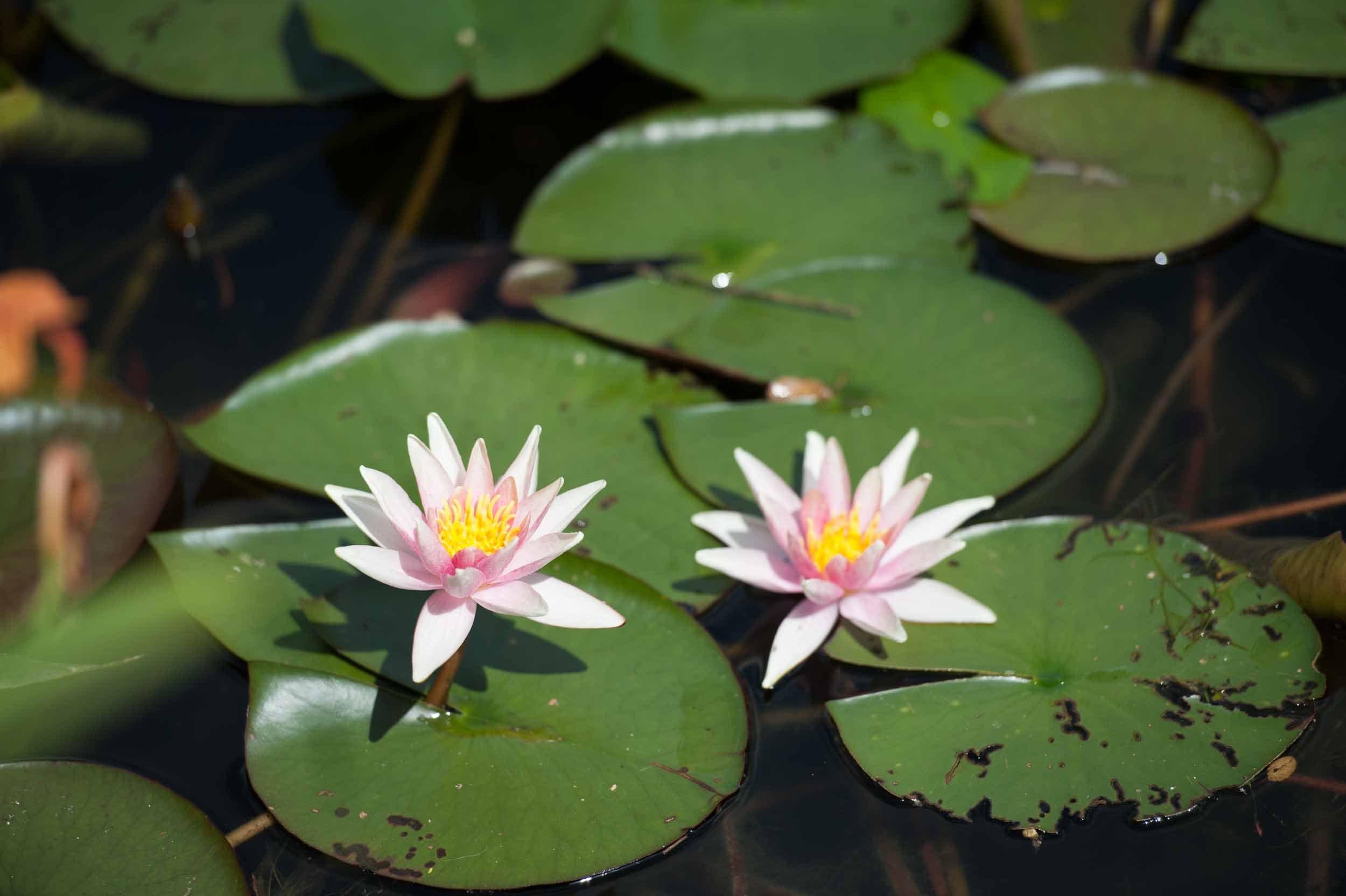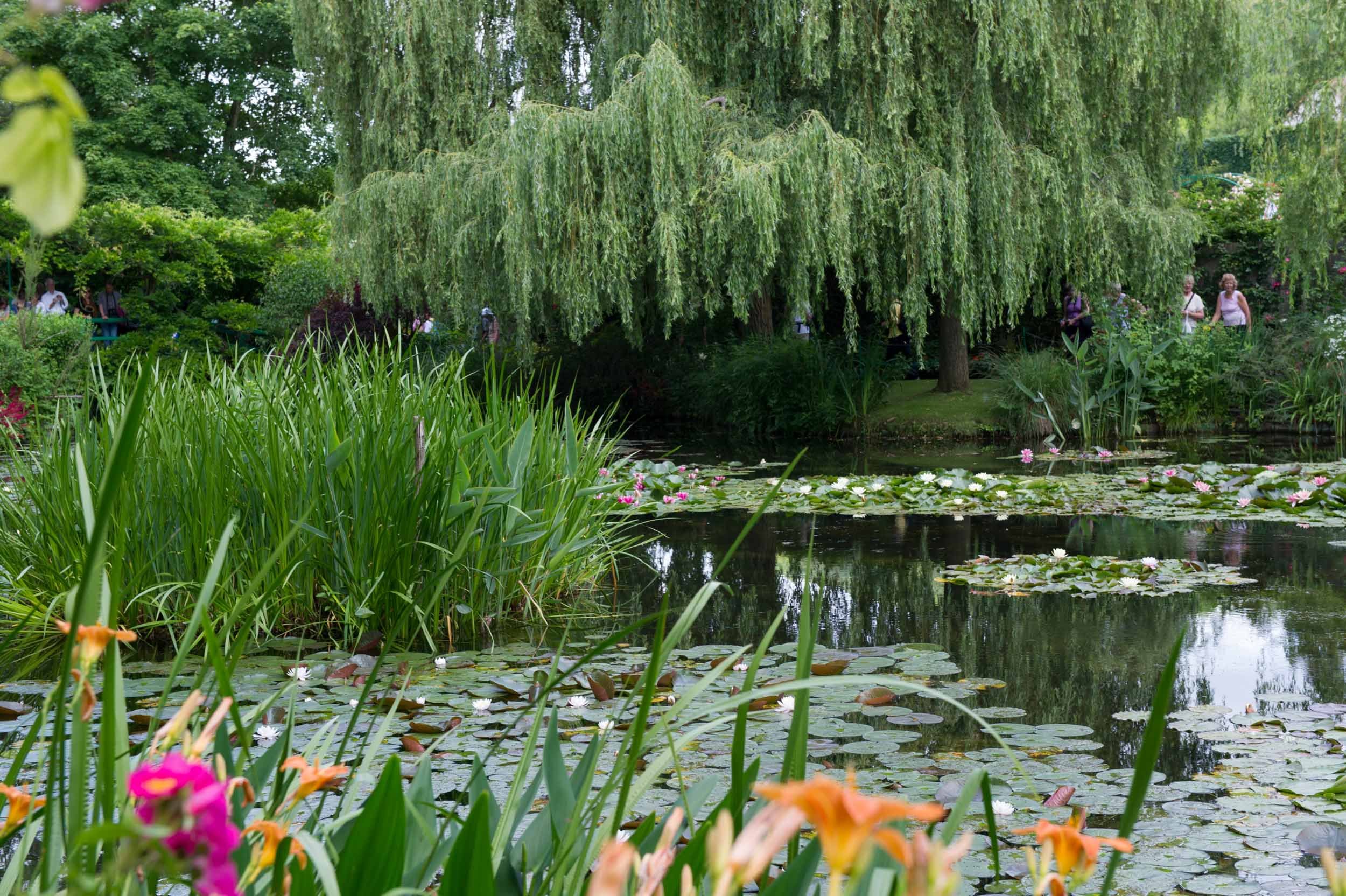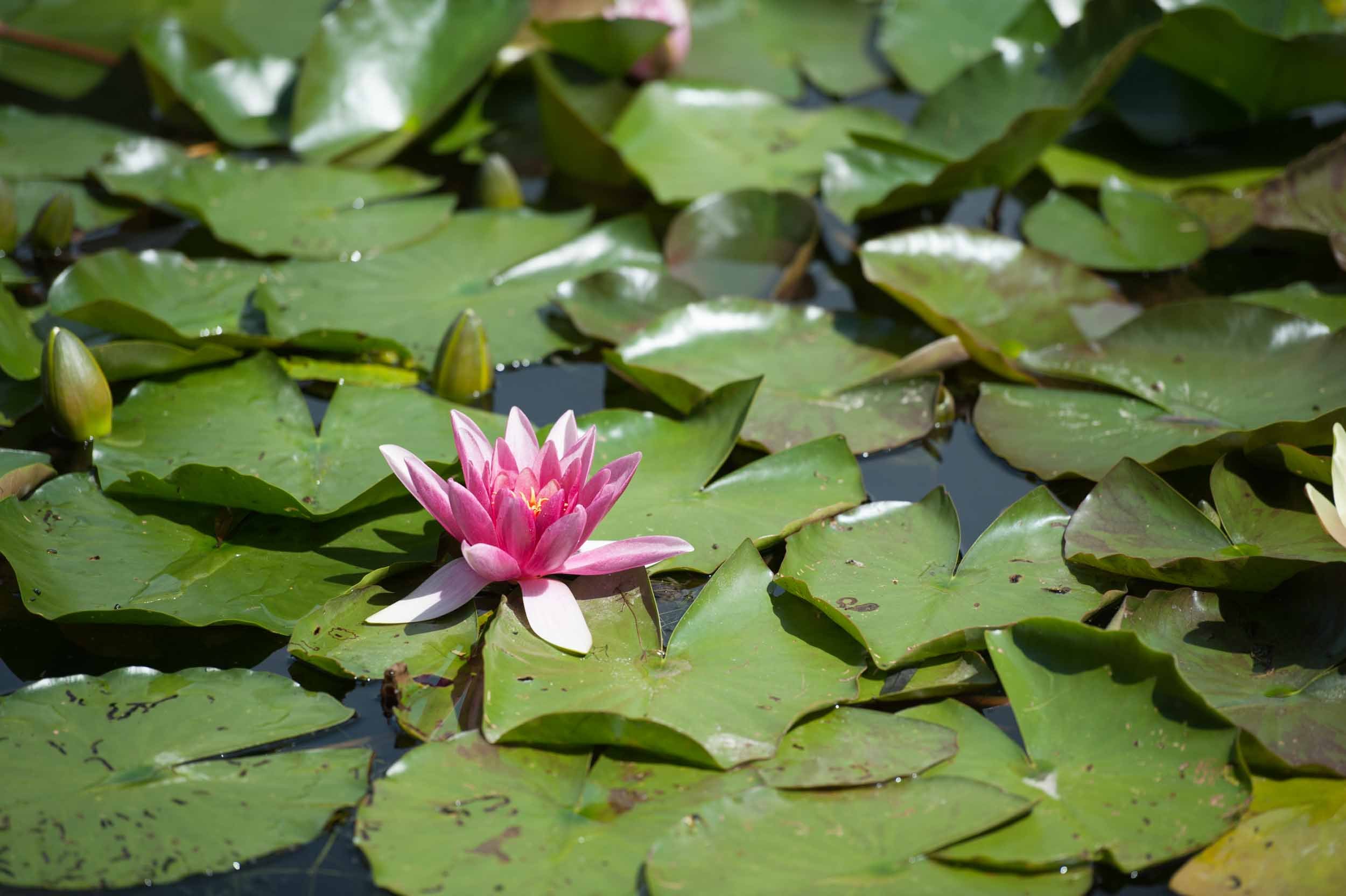Monet’s Garden in Summer
“My garden is my most beautiful masterpiece”
Claude Monet
The garden is an explosion of colour
We have been lucky enough to have visited Monet’s garden twice, in both 2012 and 2019. I have written about the latter in an earlier post. The garden is located in the quaint village of Giverny, in Normandy.
In late June 2012, we spent half a day exploring Giverny. There were many tourists but, having arrived early in readiness for its opening, we were able to visit both the garden and house before it was overrun with visitors. We headed straight to the water garden to see the water lilies and the famous bridge. You can access the water garden by heading to the back corner of the main garden, descending the steps and going through the tunnel under the road. Monet acquired this additional piece of land in 1893, ten years after he had been living in the house. He was inspired to create the pond from the Japanese prints that he collected. He finished the construction of the water garden in 1894 and placed his first order for lotus and water lilies with Joseph Bory Latour-Marliac, who had started his nursery 20 years earlier. The nursery, located in Le Temple-sur-Lot in the south-west of France, still exists today and can be visited. Read more about Monet’s first order for his water garden here.
Monet’s water garden and famous water lilies
“It took me some time to understand my water lilies … I cultivated them with no thought of painting them … one does not fully appreciate a landscape in one day … and then, suddenly, I had a revelation of the magic of my pond. I took my palette. From this moment, I have had almost no other model.”
Claude Monet
We were not disappointed. The water lilies were in bloom and the willows, boughs heavy with leaves, provide a lovely soft fringe to the edge of the pond. We took lots of photos, even managing some time alone on the Japanese bridge, whilst reminding ourselves to absorb the atmosphere of the visit. Despite the number of tourists, we still felt quite relaxed and peaceful within the garden.
Willows, water lilies and the Japanese bridge
C’est moi
The house is attractive, both inside and out. The exterior is painted pink with green shutters. We toured inside and I particularly loved the cheery blue kitchen with a long row of shiny copper pots, the huge cooking range and blue tiles covering the walls. The dining room is butter yellow. Everywhere you look, there are paintings on the walls. In Monet’s studio, the paintings are reproductions but the originals can be seen at the Musée Marmottan-Monet, in Paris.
The house and garden are spectacular
Both the garden and house are an explosion of colour. I feel that you all would enjoy a visit, particularly if you love gardening, painting, taking photos or just sitting and contemplating. I highly recommend making the trip to Giverny, independently by car or train. This will allow plenty of time to indulge the senses, rather than going with a tour group where time will be limited. Following our visit, we enjoyed lunch in the village where there were several enticing options.
The gardeners work hard to keep Monet’s dream alive
Claude Monet died in 1926 and, whilst his son Michel, inherited the house, it fell into disrepair. In 1977, the restoration of the house and garden began and took ten years to complete.
The Musée l’orangerie, in Paris, is home to Monet’s water lily paintings. I do hope you have enjoyed another virtual visit to this beautiful garden.
À bientôt.
One last photo of the water lilies




